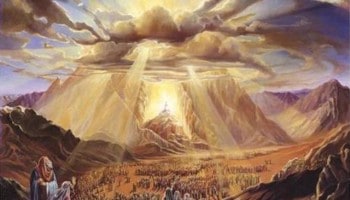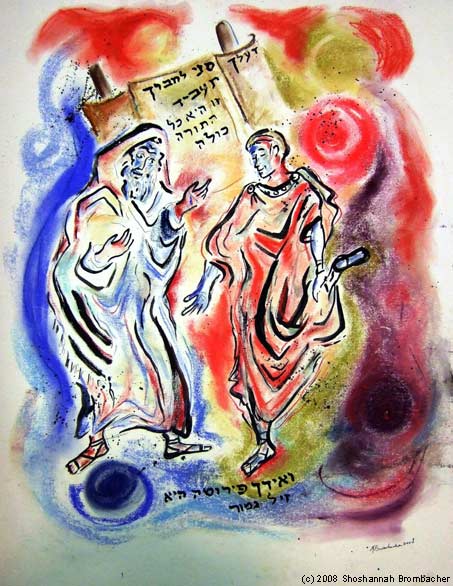 Poor Shavuot, it
is by and large the least known of our holidays by the extended Jewish people-
why? It has a lot stacked against it. For one, it is one day long in contrast
to Passover and Sukkot. But that
shouldn’t be damning, as so is Yom Kippur.
However, the other issue is that there is nothing remarkably memorable
about the day because there are no actual mitzvot that are specific to Shavuot
unlike Yom Kippur which has the funky sneakers and the interminable fast that
we dread for months before. Finally, to
add insult to injury, the Torah doesn’t mention it explicitly in the Torah. It
talks about it in a most roundabout way, only discussing the technical
sacrifices of the day. Why is that? Furthermore, why do the sacrifices of the
day fly in direct contrast to what we just experienced on Passover? For a week
during Passover and the month when we were cleaning our houses, our sworn enemy
was chometz (leavening). We got rid of
it and talked behind its back about how nasty it is. Now, this enemy is granted
new life. It is now extoled and brought
to the holy alter as the sacrifice of the day- why the change?
Poor Shavuot, it
is by and large the least known of our holidays by the extended Jewish people-
why? It has a lot stacked against it. For one, it is one day long in contrast
to Passover and Sukkot. But that
shouldn’t be damning, as so is Yom Kippur.
However, the other issue is that there is nothing remarkably memorable
about the day because there are no actual mitzvot that are specific to Shavuot
unlike Yom Kippur which has the funky sneakers and the interminable fast that
we dread for months before. Finally, to
add insult to injury, the Torah doesn’t mention it explicitly in the Torah. It
talks about it in a most roundabout way, only discussing the technical
sacrifices of the day. Why is that? Furthermore, why do the sacrifices of the
day fly in direct contrast to what we just experienced on Passover? For a week
during Passover and the month when we were cleaning our houses, our sworn enemy
was chometz (leavening). We got rid of
it and talked behind its back about how nasty it is. Now, this enemy is granted
new life. It is now extoled and brought
to the holy alter as the sacrifice of the day- why the change?
To unravel the mystery we being
with why there are no mitzvot on Shavuout. The reason is because of a verse in
proverbs “A mitzvah is a candle, and Torah is like light”. A candle is a physical object that is able to
generate and hold light. Light is the
conceptual raw material that makes a candle possible. Similarly, a mitzvah is the physical
manifestation that generates and expresses a Torah principle. On Shavuot, we celebrate the receiving of the
light, the Torah which is a completely intellectual endeavor- there is nothing
to see! For this reason, there are no mitzvot and because it is such a high
concept, there is no verse in the Torah that can possibly describe such an
abstract and ethereal concept.
Furthermore, the verse states,
“…you will bring a new offering, from your dwelling place, two loaves of
bread…with chametz..”. It is explained
that it is called a new offering as a hint to Torah, which must be constantly
renewed each day. Incidentally, that is a second reason the Torah doesn’t want
to specify the day. One shouldn’t think
that Torah learning is restricted to Shavuot, it is something that needs to
happen constantly. Furthermore, our former enemy is now the hero because of the
idea that chometz represents our evil inclination. Unfettered, the evil inclination
needs to be cleaned out and not spoken about. However, if provided with a Torah
structure, all of a sudden the evil inclination is no longer a hindrance, but
something that can be used to enhance all of our service. Therefore, on Shavuout, we offer the chometz
with confidence that we can now control it and make productive use of it. This is the reason why Shavuot is given short
thrift in the Torah. There is not much to say about such a special day. It is a
day we take with us the whole year and as long as the Torah stays fresh, it is
the greatest tool to bring out our best.

